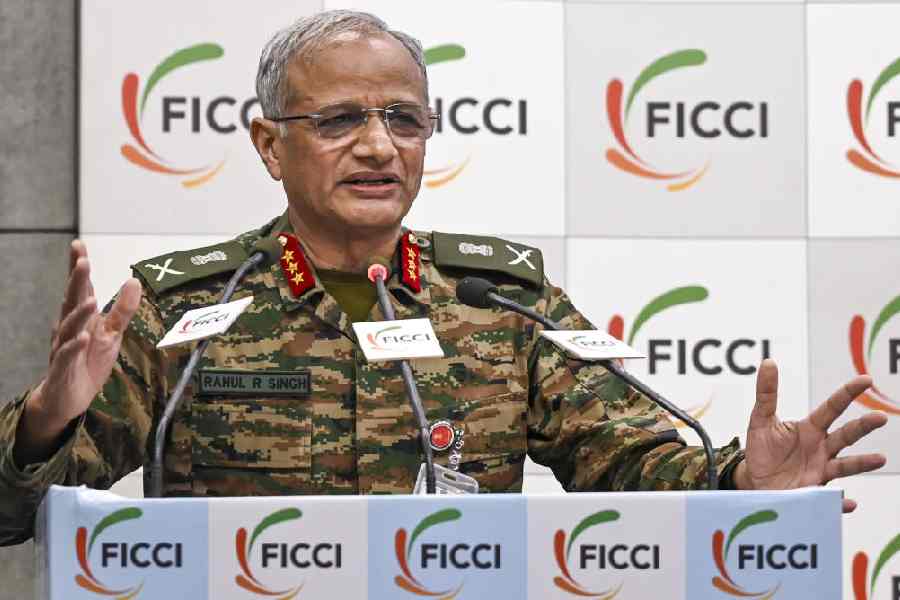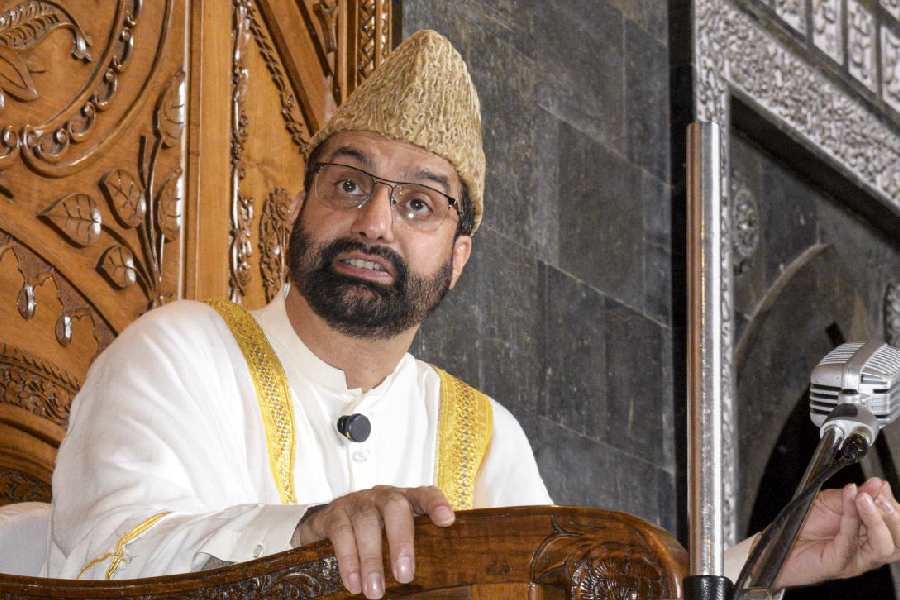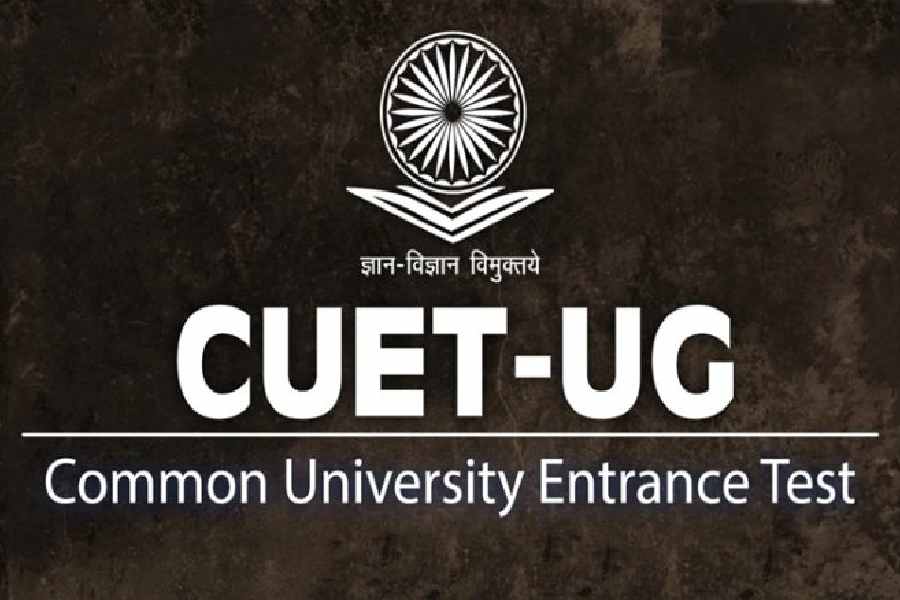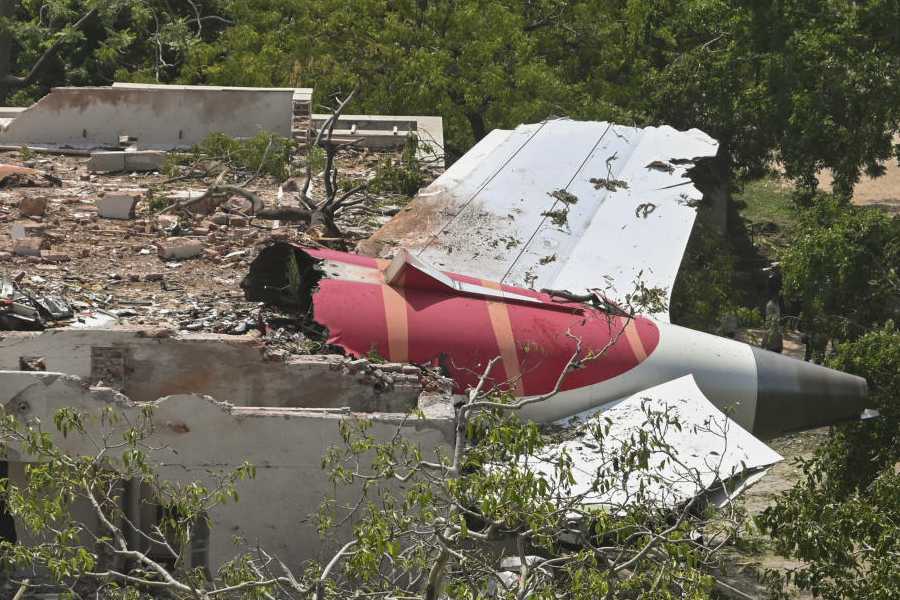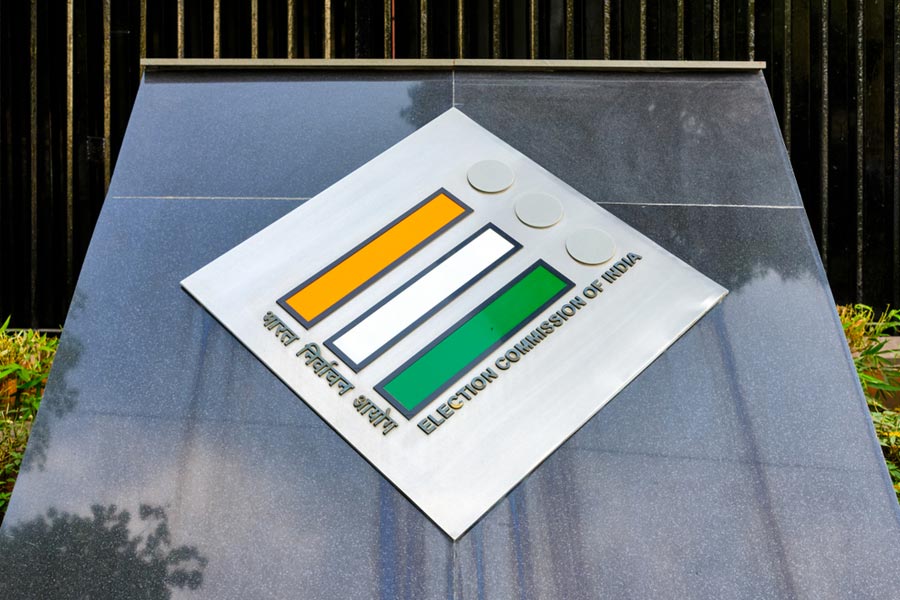 |
| A jawan with camouflaged ammunition recovered during Operation Sarp Vinash at Nagrota near Jammu. (PTI) |
New Delhi, July 7: Kalashnikovs, diaries, satellite telephones, grenades, launchers, bullets — if such fare kept for display can be called a “spread”, it was evidence that the army had “feasted” on militant camps in what was touted to be one of its single largest operations in Kashmir.
On May 23, the army headquarters flew journalists from New Delhi to an operations command post near Surankote called Jaran Wala Gali in the foothills of the Pir Panjal range. During the guided tour, the media was shown the arsenal described above.
It was displayed on long tables. A major general who heads the army’s counter-insurgency Romeo Force, Hardev Lidder, described — with help of freshly-learnt Americanisms from the Iraq war — the army’s version of Operation Sarp Vinash.
But the operation, which was supposed to have ended on May 18 — some sources insist it still continues — is turning out to be a major embarrassment for the army. Far from being the unequivocal victory the top brass said it was, it is mired in controversy.
First, investigations by a newsmagazine (Frontline) — whose reporter did not take the guided tour but scoured the region independently — have unearthed documents showing that the army’s claims were an elaborate concoction.
Second, Lidder has been pulled up by army headquarters for reportedly talking out of turn. To cap it all, the army headquarters is now understood to have told its field commanders that any operation in Kashmir that involves movement of troops over a certain number will have to get plans vetted by the very top.
But most damaging for the army’s reputation in Kashmir, where it already has a credibility problem, is that its own documents do not buttress its claims.
The operation was an intensive search and destroy exercise, involving use of helicopters, and carried out in the Hill Kaka bowl immediately south of the Pir Panjal range. It peaked between April 20 and May 18 during which time the army claimed it had killed over 60 terrorists. More than 10,000 troops were involved.
Reports sent to police by different units of the army suggest that the figures are false. Moreover, official documents of the police say the general area of Hill Kaka, which lies east of Poonch, was being used by militants for at least two years and the security forces had full knowledge of them.
“It has been reliably learnt that one lady serving as captain of the Pakistan army has been observed along with 70 militants near Dara Sangla Surankot (sic),” goes one of the routine letters written by a police officer to an army brigadier exchanging intelligence.
That was in January 2002. Another, in December 2002, says: “Intelligence input reports suggest that infiltration and exfiltration of terrorists may take place in the coming days via Poonch and Rajouri district routes.”
Almost laughable are some of the reports filed by the army. One, from the 15 Garhwal Rifles battalion that was part of the operation to a police officer in Surankote, lists the recoveries made during an encounter on May 1, 2003.
Then, it says: “Weapon of the second militant washed away in the flow of water in the nullah (stream) and could not be recovered.”
It is inconceivable how a gun — possibly an AK-47 — can be “washed away” since it cannot float. In another instance of inconsistency, Lidder claimed that 7,000 kg of rations were found at a militant base. The huge amount indicated that the militants were prepared for a long haul. But reports from battalions put the rations confiscated at 355 kg.
The army headquarters has not yet responded to the contradictory versions of Operation Sarp Vinash. This is surprising given that it had been heralded as a major victory.


